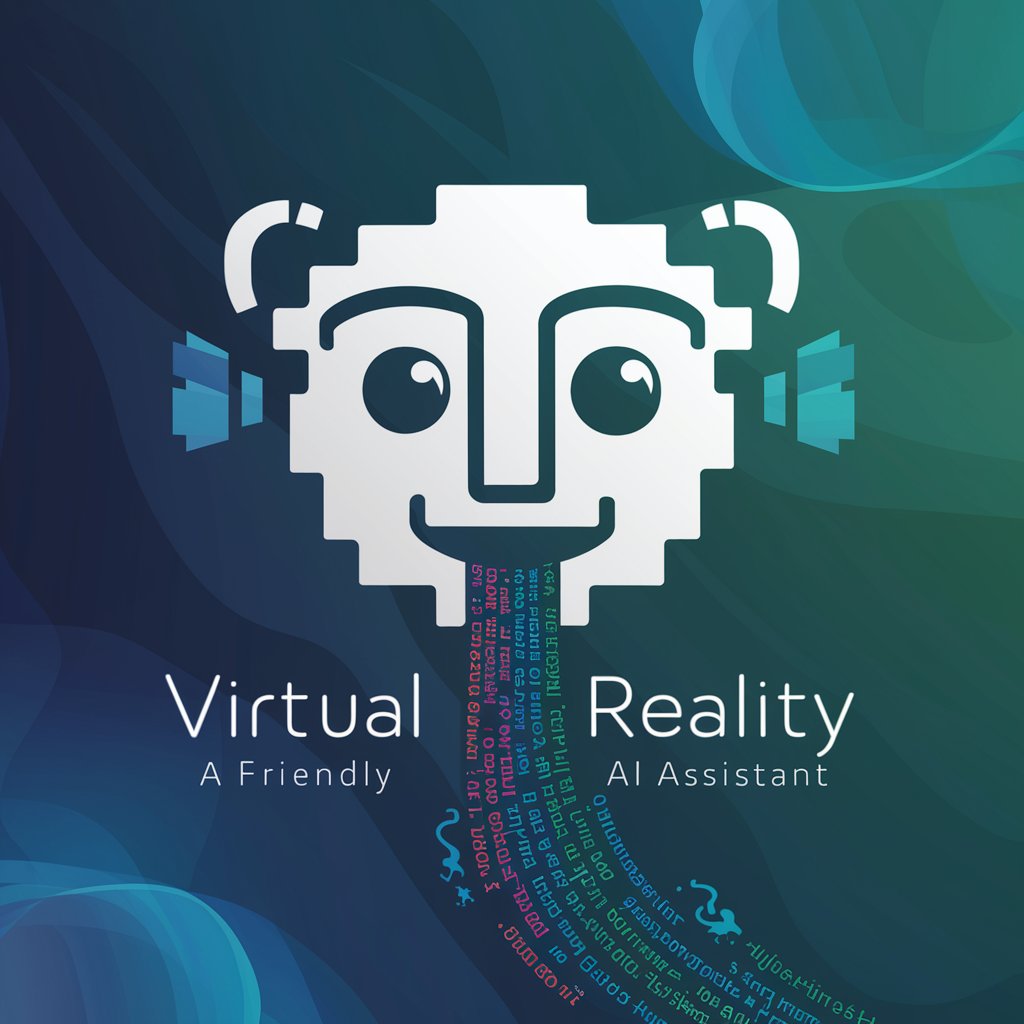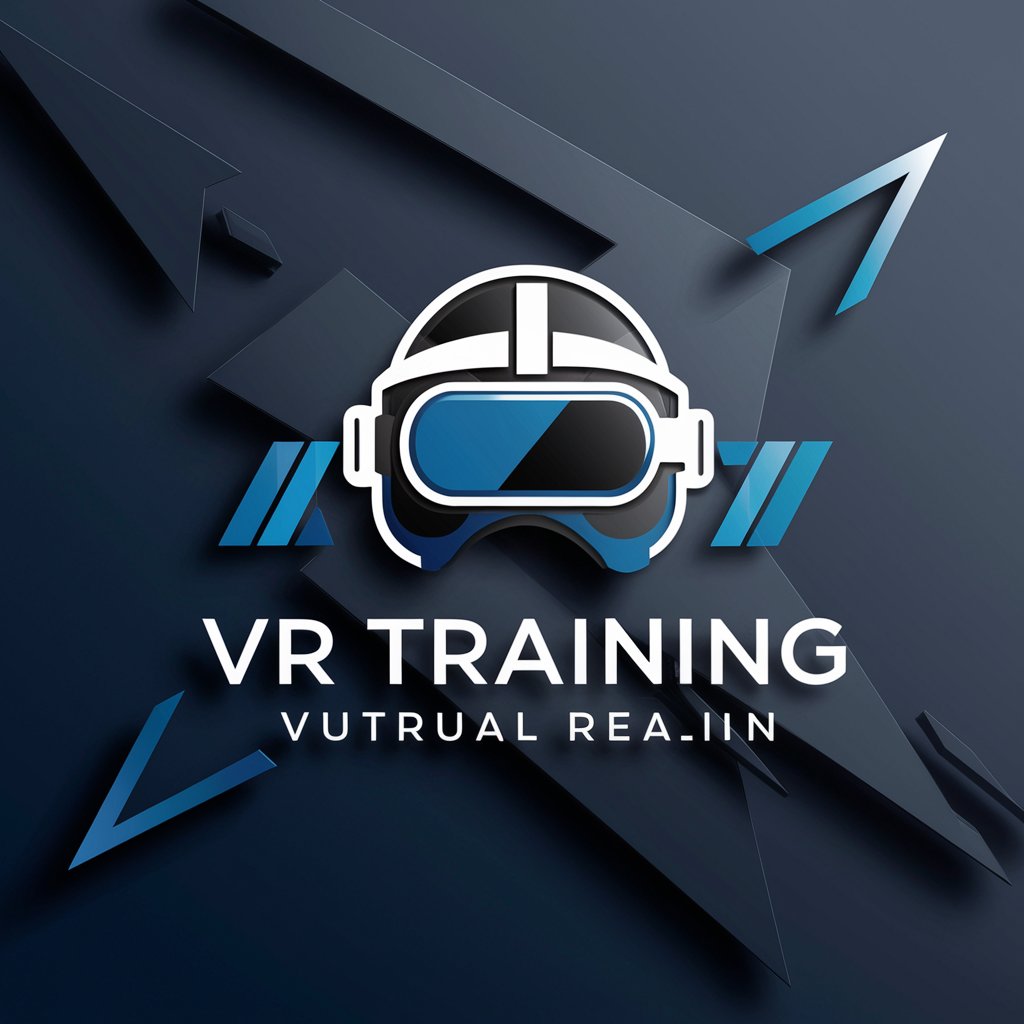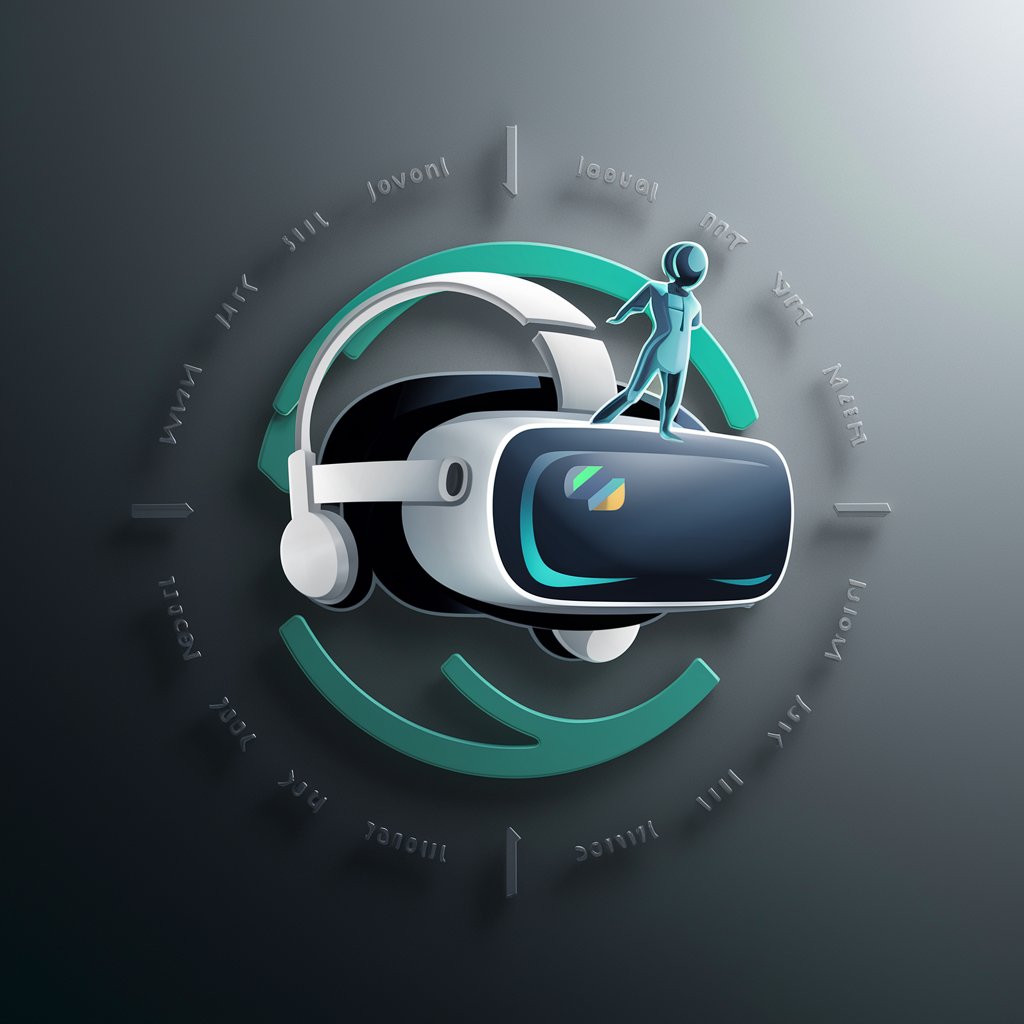
Virtual reality - AI-powered Content Generation

Empowering Creativity with AI
How can I improve my product descriptions?
What's a good headline for a fashion blog?
Get Embed Code
Introduction to Virtual Reality
Virtual reality (VR) is a simulated experience that can be similar to or completely different from the real world. The core technology uses VR headsets or multi-projected environments, sometimes in combination with physical environments or props, to generate realistic images, sounds, and other sensations that simulate a user's physical presence in a virtual environment. A person using virtual reality equipment can look around the artificial world, move around in it, and interact with virtual features or items. The design purpose of VR is to provide a fully immersive experience that can be used for entertainment, education, training, and a wide range of other applications. Examples include VR games that allow players to experience gameplay in a fully 3D environment, or VR simulations used for training surgeons, enhancing the learning curve in a risk-free environment. Powered by ChatGPT-4o。

Main Functions of Virtual Reality
Immersive Entertainment
Example
VR gaming like Beat Saber or Skyrim VR
Scenario
In immersive entertainment, users wear VR headsets to enter a virtual world where they can interact with the environment and experience games as if they are physically inside the game world.
Educational Tools
Example
Historical reenactments or space exploration simulations
Scenario
VR can transport students to ancient Rome or allow them to walk on Mars, offering an engaging and interactive method to learn about history and science far beyond traditional classroom activities.
Professional Training
Example
Flight simulators for pilots or medical surgery simulations
Scenario
VR provides realistic, risk-free simulations for training professionals in high-stakes fields such as aviation and medicine, where practical, hands-on experience is crucial but also costly or dangerous to replicate in real life.
Therapeutic Uses
Example
Exposure therapy for PTSD or anxiety disorders
Scenario
Therapists use VR to safely expose patients to their trauma triggers in a controlled environment, which can help manage and treat psychological conditions.
Ideal Users of Virtual Reality
Gamers
Gamers seek immersive, cutting-edge experiences and VR provides a unique, inside-the-game perspective that enhances gameplay, making it a preferred choice for this user group.
Educators and Students
VR serves as a dynamic educational tool that can bring abstract concepts to life, making it ideal for educators looking to enhance curriculum and students who benefit from experiential learning.
Professional Trainers and Trainees
This group uses VR to simulate real-world scenarios for training without the risks associated with physical training, perfect for fields like aviation, medicine, and heavy machinery operation.
Healthcare Professionals
Psychologists and physical therapists use VR for patient treatment and rehabilitation, harnessing its capabilities to create tailored therapeutic environments that aid recovery and treatment.

How to Use Virtual Reality
Begin Your Trial
Start by visiting yeschat.ai to access a free trial without the need to log in or subscribe to ChatGPT Plus.
Select a Function
Choose from various functionalities offered, such as content generation, rewriting, or specific query handling, based on your needs.
Customize Settings
Adjust settings like output length, style, or formality to match the specific requirements of your task.
Input Your Query
Enter your question or text directly into the interface to receive contextually relevant, AI-generated responses.
Review and Refine
Review the generated responses for accuracy and make any necessary adjustments or refinements to align with your objectives.
Try other advanced and practical GPTs
Reality Affirmations
Empowering affirmations, AI-enhanced
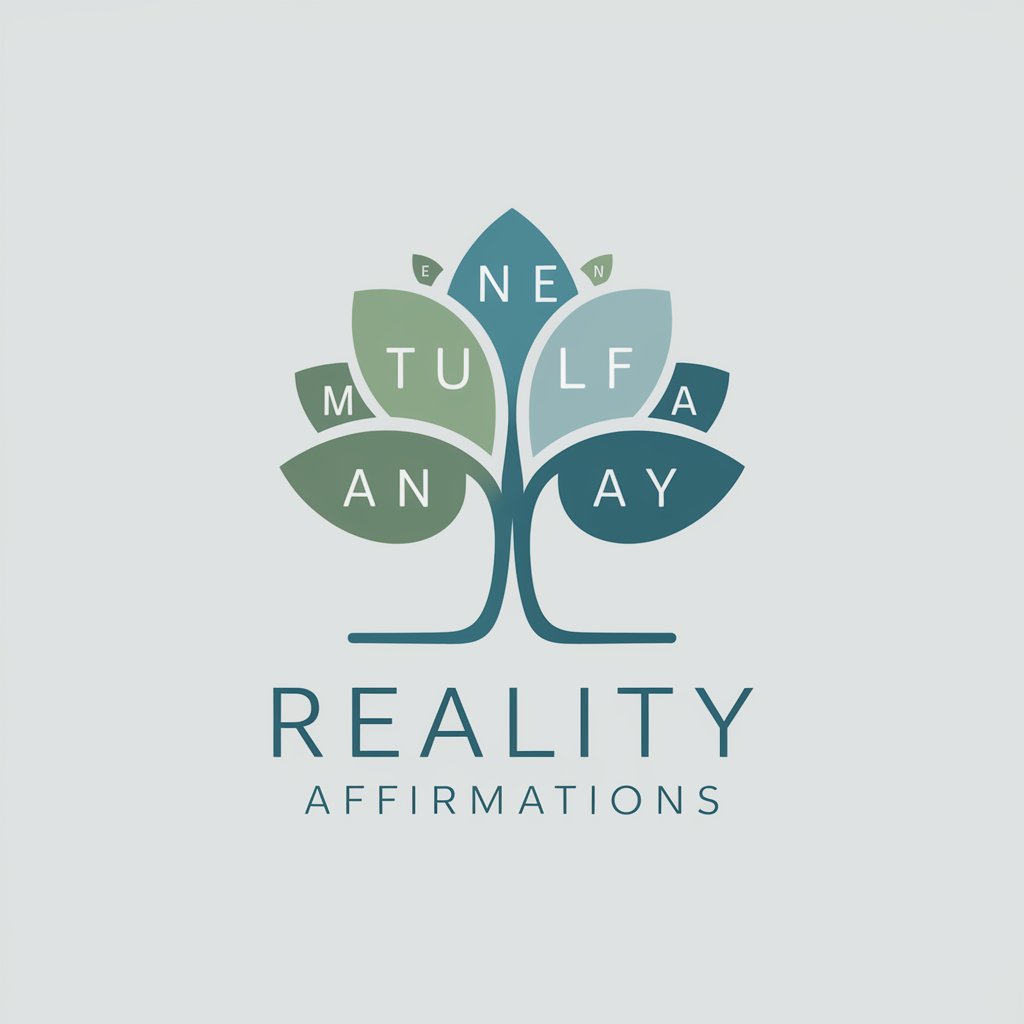
Reality Weaver
Crafting Realities with AI
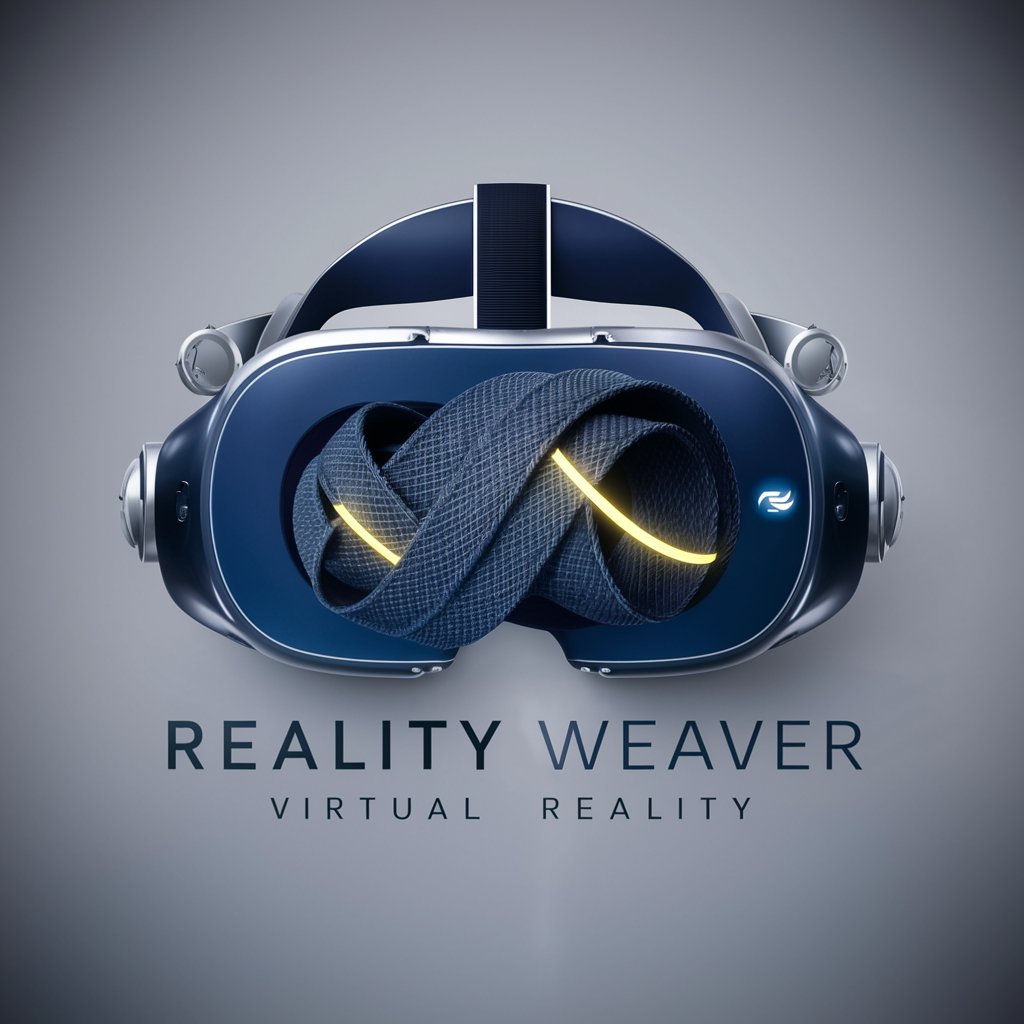
Reality Enlightenment
Empowering Insights with AI

Task-eR
Efficiently executing tasks with AI precision.
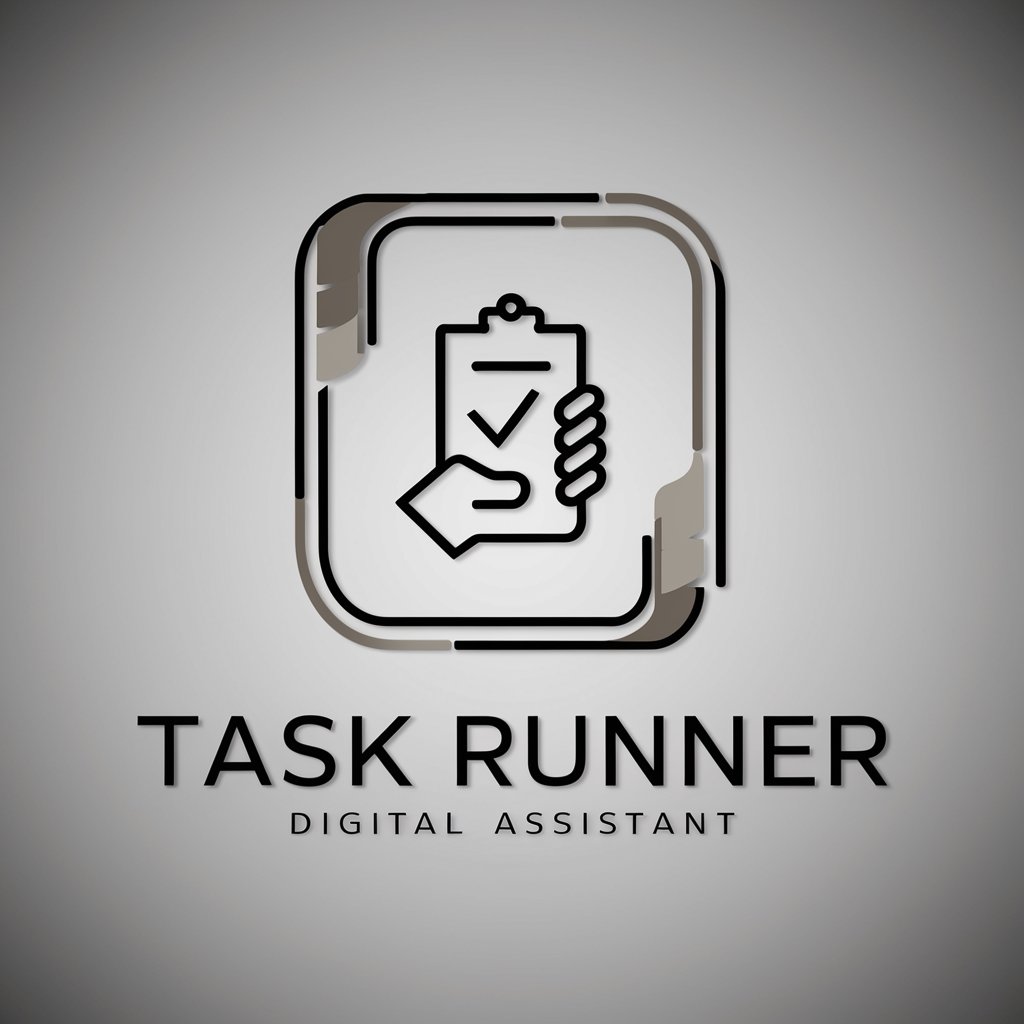
Task Mastermind
Streamline Tasks with AI
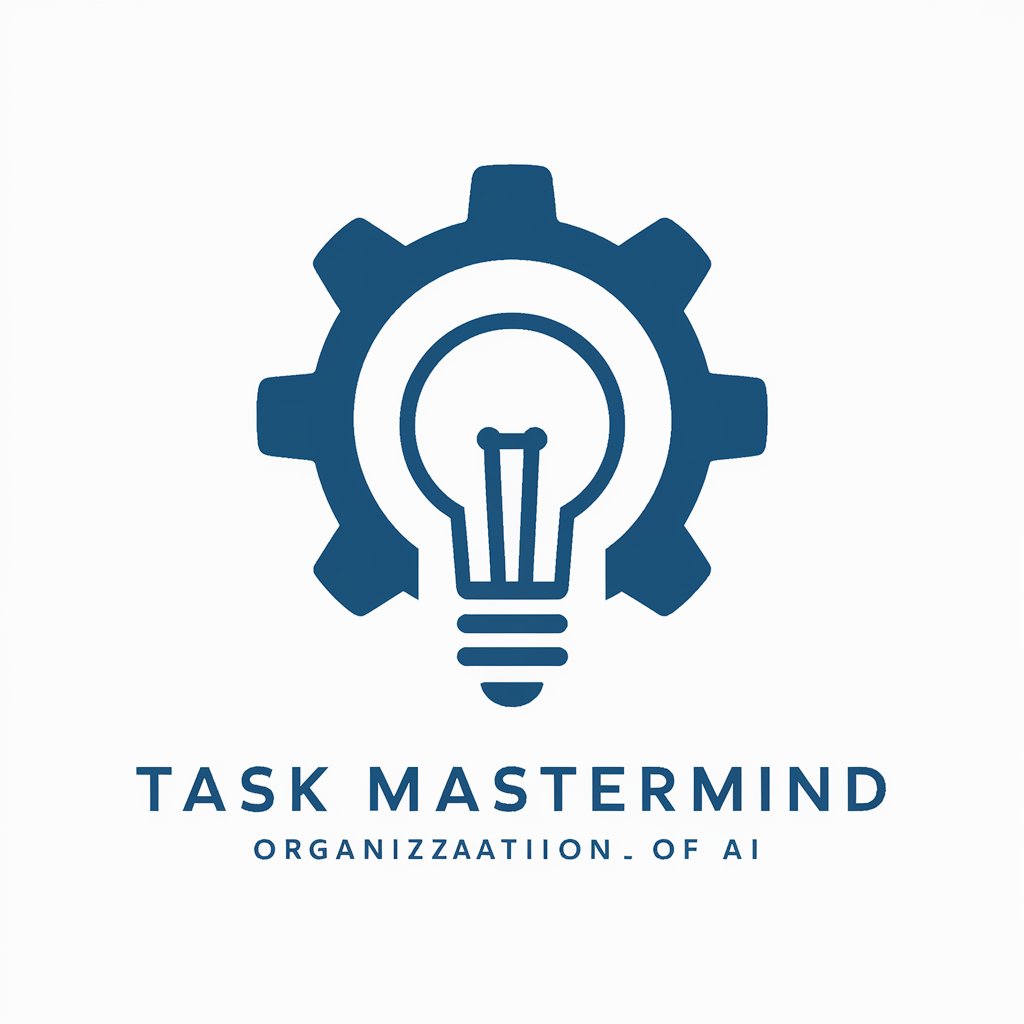
Task Master
Streamline your tasks with AI power.
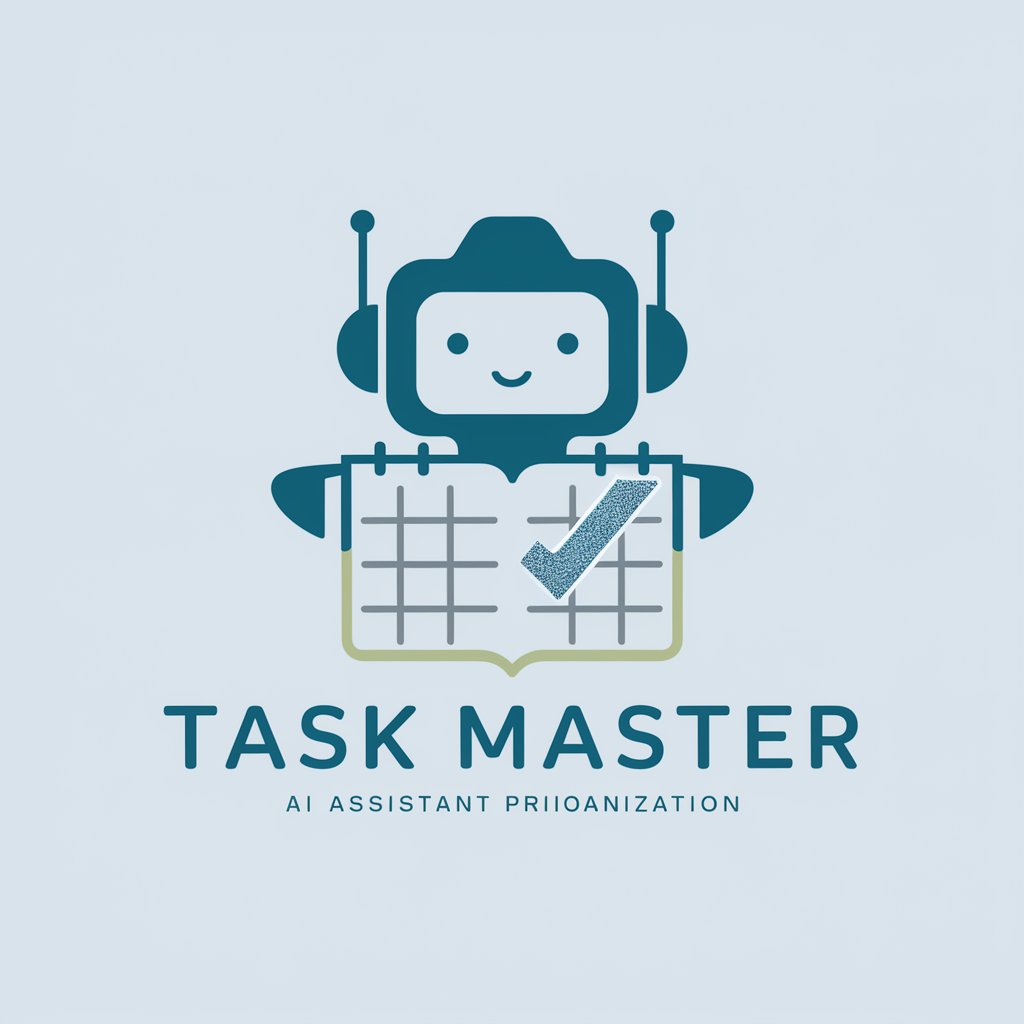
Reality Bites
Unveil the drama with AI-powered insights

AI in Virtual Reality and Gaming GPT
Empowering Immersive Experiences with AI
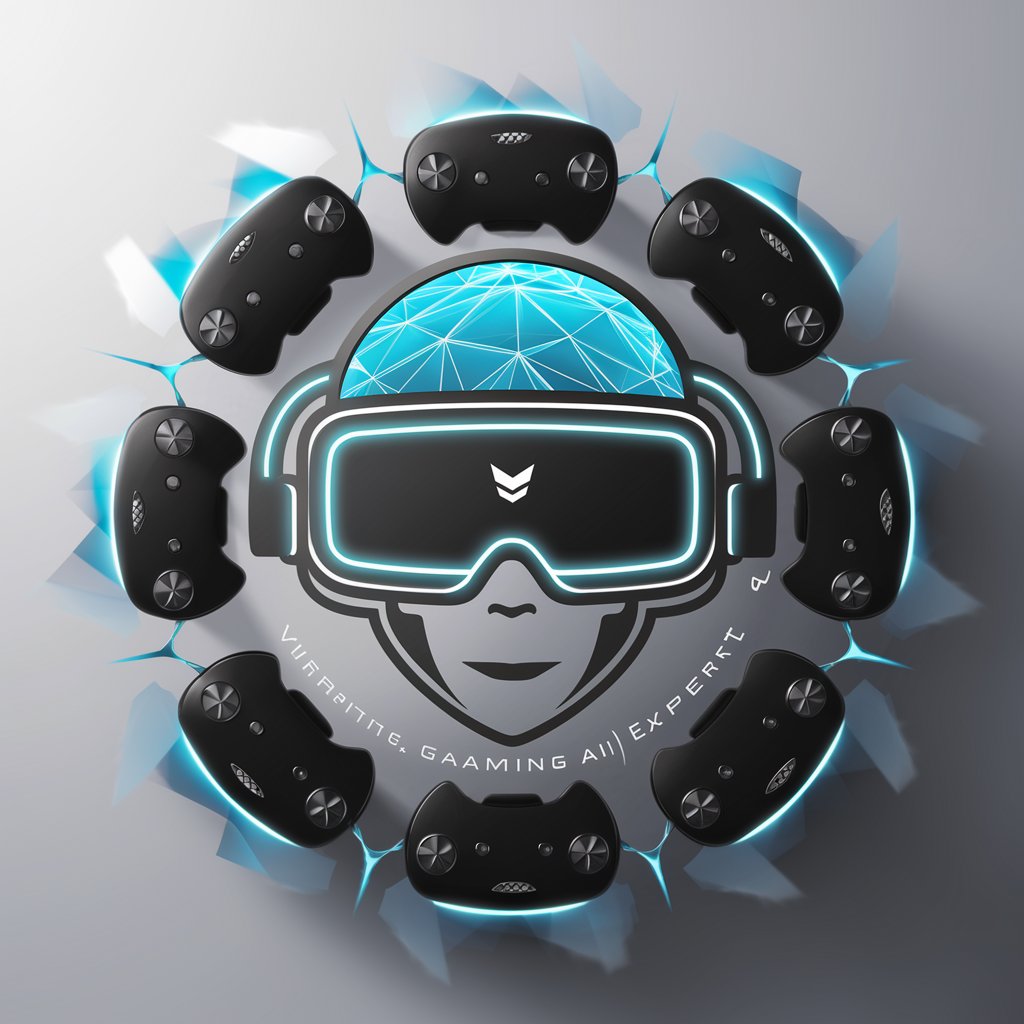
EmojiHelper
Enhance Texts with AI-Powered Emojis
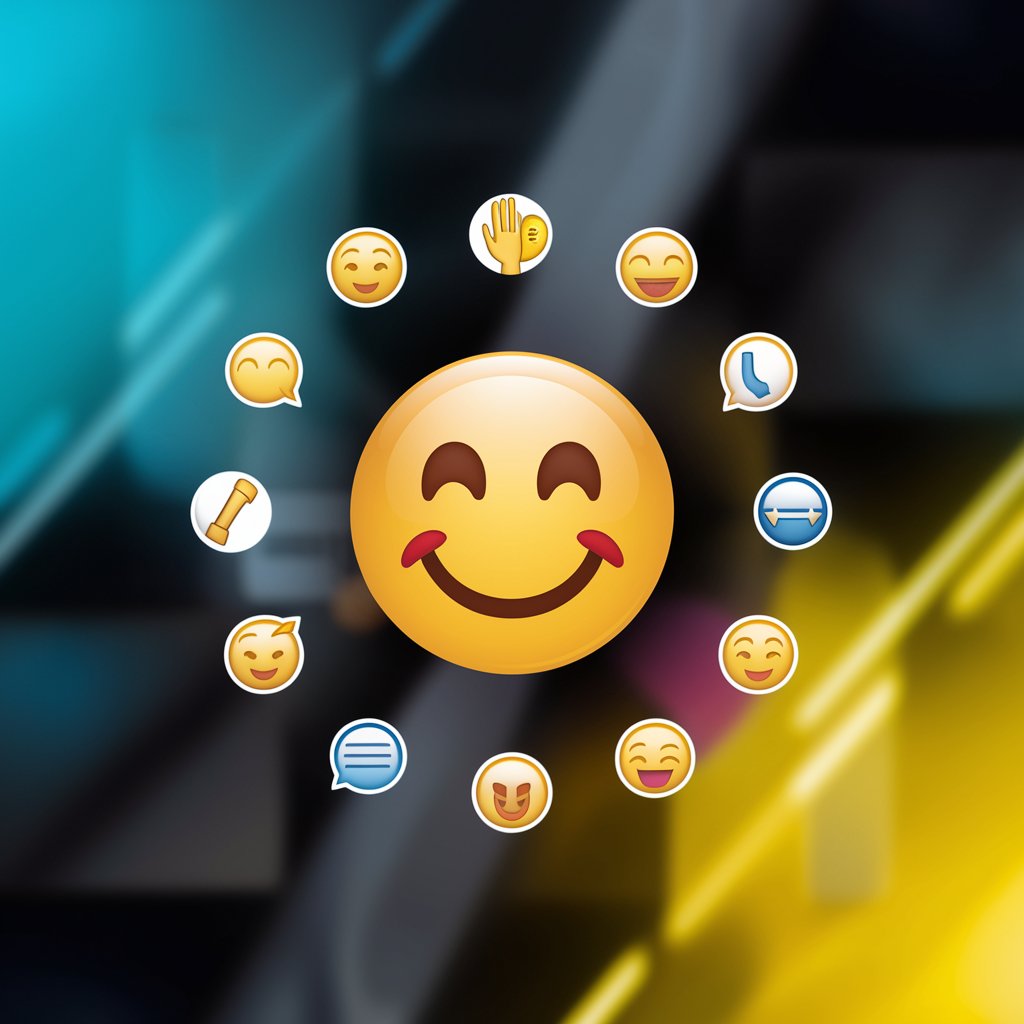
名古屋チャット観光
Explore Nagoya with AI
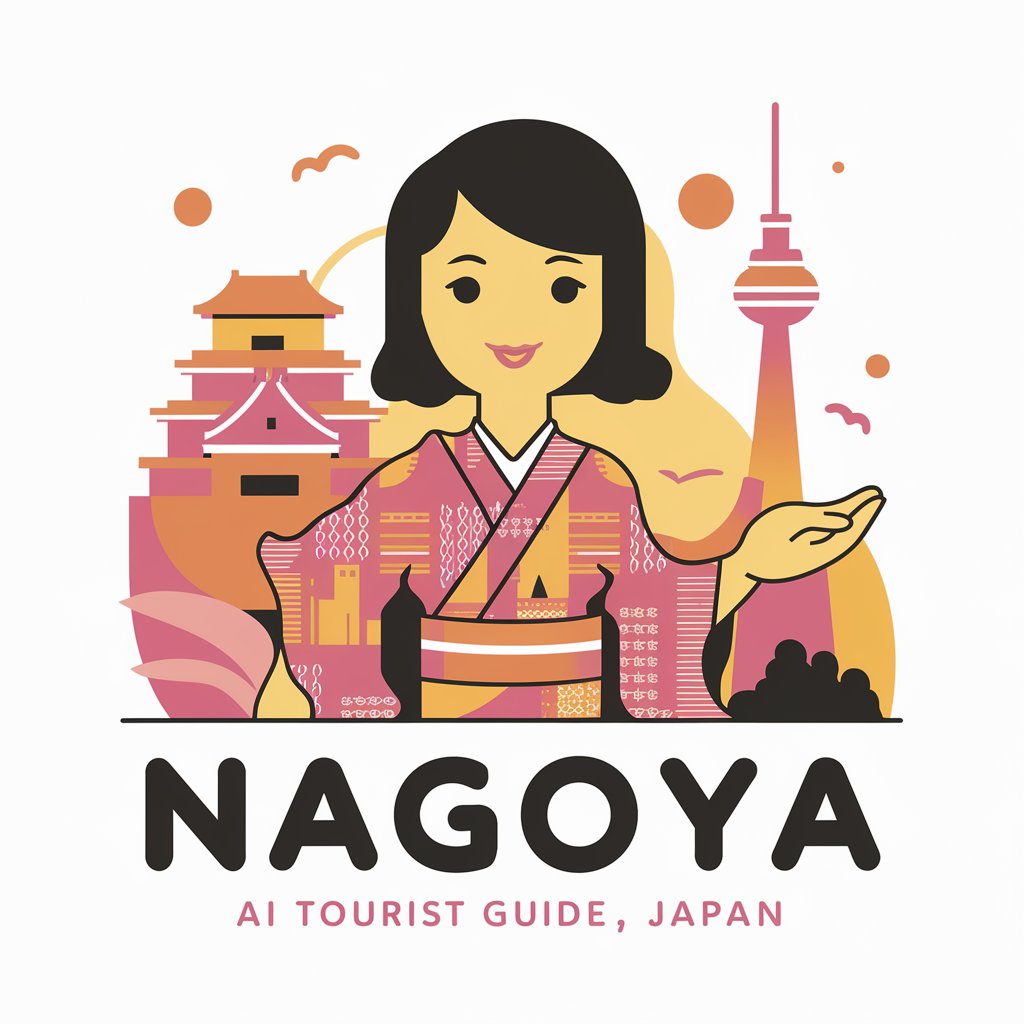
Artについての感覚・考えを深めるGPT
Deepen your art sense with AI

『Funny portraits』 - 私の特徴
Transforming Faces into Fun

Virtual Reality Q&A
What is Virtual Reality?
Virtual Reality is an AI-powered text generation tool designed to provide high-quality content across various applications, enhancing productivity and creativity.
Can Virtual Reality handle complex queries?
Yes, Virtual Reality can process and respond to complex queries by generating contextually appropriate and detailed answers, aiding in research, content creation, and more.
Is there a cost to using Virtual Reality?
Users can start with a free trial on yeschat.ai without any initial payment or need to subscribe to premium services like ChatGPT Plus.
What makes Virtual Reality different from other AI tools?
Virtual Reality specializes in generating detailed, high-quality responses tailored to specific user queries, offering versatility and precision unmatched by generic AI models.
How secure is Virtual Reality?
Virtual Reality prioritizes user privacy and security, ensuring that all interactions and data inputs are handled with strict confidentiality and integrity protocols.
